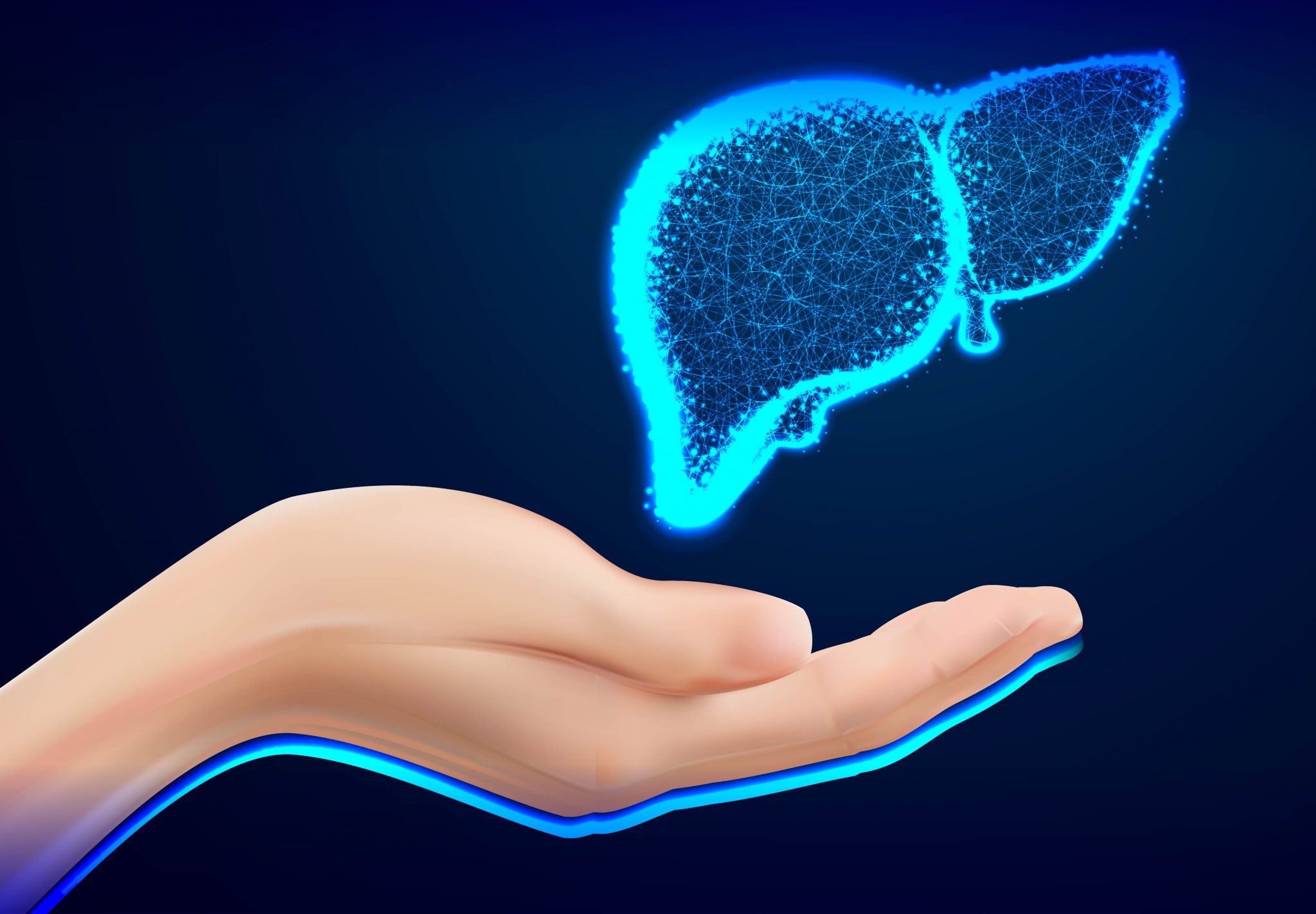Alopecia is the umbrella term for hair loss. There are many types of alopecia, ranging from environmental factors to genetic factors.
Alopecia areata or patchy baldness is a condition that causes hair to fall in small patches. It may be unnoticeable but when the patches connect, then it will seem noticeable. The bald patches can appear anywhere on the body, however, most commonly people get a round or oval patch around the scalp1.
Autoimmune Disease
Alopecia areata is an autoimmune disease where the immune system mistakenly attacks the healthy cells as foreign particles. Usually, the immune system fights and defends the body against pathogens (eg. viruses and bacteria).
Unfortunately, if you have this condition, your immune system mistakenly attacks the hair follicle. The hair follicles become narrower and stop producing hair. As a result, you will experience hair loss1.
Hair follicles are the small pocket-like holes in our skin that grow hair.
Read also: A Walk Through Autoimmune Disorder
Genetics and the Environment
Genetics may partake in the development of this condition. It is shown that people who have a family history of other autoimmune diseases such as type 1 diabetes or rheumatoid arthritis may have alopecia areata.
Besides, human leukocyte antigen-DR (HLA-DR) class II genes are linked to CD4+ and CD8+ T-cells. These cells are important effector cells and appear to be the largest risk for alopecia areata2.
Effector cells are activated cells that defend the body in an immune system.
However, researchers also believed that certain environmental factors are involved to trigger this condition in people who are genetically predisposed to it.
Types
There are several types of alopecia areata. The extent of hair loss determines the type1.
Patchy alopecia areata – The main characteristic of this type of alopecia is coin-sized patches of hair loss on the skin or around the body. It may be reversible but when hair grows back, it tends to fall out again. When it worsens, it may become alopecia totalis or alopecia universalis.
Alopecia totalis – Hair loss across the entire scalp and irreversible.
Alopecia universalis – Besides losing hair on the scalp, people with alopecia universalis lose all hair on the face (eyebrows and eyelashes). It is also possible to lose other body hair such as the chest, back, and pubic hair.
Diffuse alopecia areata – Similar to female or male pattern baldness. It does not have patchy baldness, but the thinning of hair over the entire scalp.
Ophiasis alopecia – Hair loss along the sides and lower back of the scalp.

Treatment
There is no cure for this condition, but there are a few treatments that can be tested. The condition is hard to predict and the effectiveness varies from each individual. Hence, you need to go through a series of trial and error to find something that works specifically for you3.
- Medical treatments prescribed by the doctors such as topical treatments, injections (for hair to grow back), oral medications, and light therapy
- Natural treatments such as aromatherapy, acupuncture, microneedling, scalp massage, and change of diet. However, they are not clinically tested. Hence, the effectiveness is not known.
Diet
To date, autoimmune diseases like alopecia areata have no cure but symptoms can be managed. Some may consider following an “anti-inflammatory” diet plan. The design of this diet is to reduce autoimmune responses in the body, and further decrease the chances of further hair loss or hair loss episodes.
Tests
Currently, there are tests to diagnose and assess risk of alopecia universalis by sequencing the gene involved.
Discover your genes with DNA Explorer to learn more about your skin.
References
1. Cafasso, J. (2019) Everything You Need to Know About Alopecia Areata. Healthline. Accessed 2nd April 2022 from https://www.healthline.com/health/alopecia-areata.
2. Darwin, Evan et al. “Alopecia Areata: Review of Epidemiology, Clinical Features, Pathogenesis, and New Treatment Options.” International journal of trichology vol. 10,2 (2018): 51-60.
3. Manning, M. (2020) 5 Types of Alopecia, and How to Find the Right Treatment. WebMD. Accessed 2nd April 2022 from https://www.webmd.com/connect-to-care/hair-loss/types-of-alopecia-and-their-treatment.

